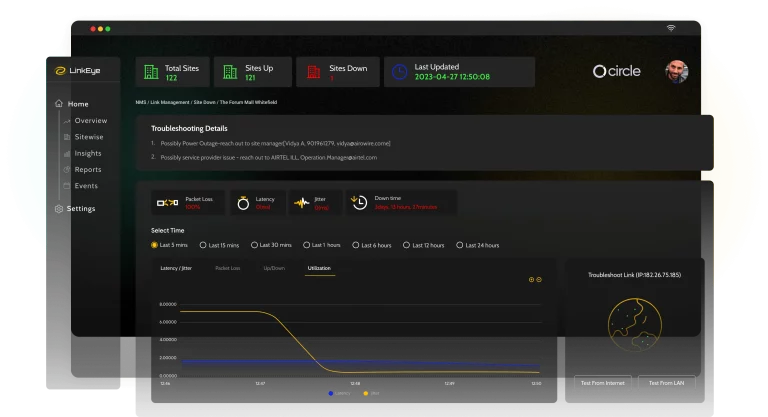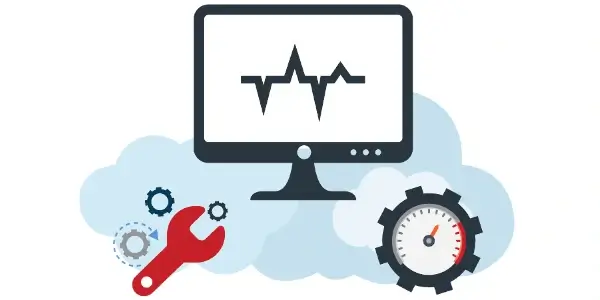SD-WAN (Software-Defined Wide Area Network) is a technology that enables organizations to connect their remote offices and users to the central network in a securely and efficiently. It provides a range of benefits, including improved performance, increased security, and reduced costs. However, to get the most out of SD-WAN, it’s important to monitor it effectively. In this blog post, we’ll explore why monitoring SD-WAN is important for organizations.
Ensuring Network Performance
One of the primary benefits of SD-WAN is improved network performance. It enables organizations to prioritize critical applications and traffic, ensuring that they receive the bandwidth they need to function properly. However, to maintain this performance, it’s important to monitor the SD-WAN network. By monitoring network traffic, bandwidth usage, and other metrics, organizations can identify and troubleshoot issues that may be affecting network performance.
Identifying Security Threats
SD-WAN provides enhanced security features, such as encryption and segmentation, to protect network traffic from unauthorized access and data breaches. However, to ensure that the network is secure, it’s important to monitor it for security threats. By monitoring network traffic and behavior, organizations can detect and respond to security threats, such as malware, phishing attacks, and unauthorized access attempts.
Optimizing Network Costs
SD-WAN can help organizations reduce network costs by enabling them to use less expensive internet connections, such as broadband and LTE, instead of more expensive MPLS connections. However, to optimize network costs, it’s important to monitor the SD-WAN network. By monitoring bandwidth usage and other metrics, organizations can identify opportunities to reduce costs further, such as by adjusting application and traffic prioritization.
Ensuring Business Continuity
SD-WAN can help organizations maintain business continuity by providing a reliable and resilient network connection. However, to ensure that the network is always available, it’s important to monitor it for issues that may cause downtime. By monitoring network devices, links, and applications, organizations can identify and troubleshoot issues that may impact network availability.
Conclusion
SD-WAN provides a range of benefits to organizations, including improved performance, increased security, and reduced costs. However, to get the most out of SD-WAN, it’s important to monitor it effectively. By monitoring network performance, security, costs, and availability, organizations can ensure that their SD-WAN network is functioning properly and delivering the expected benefits.
















